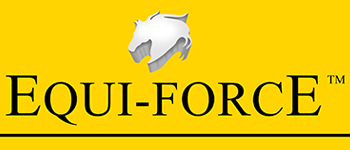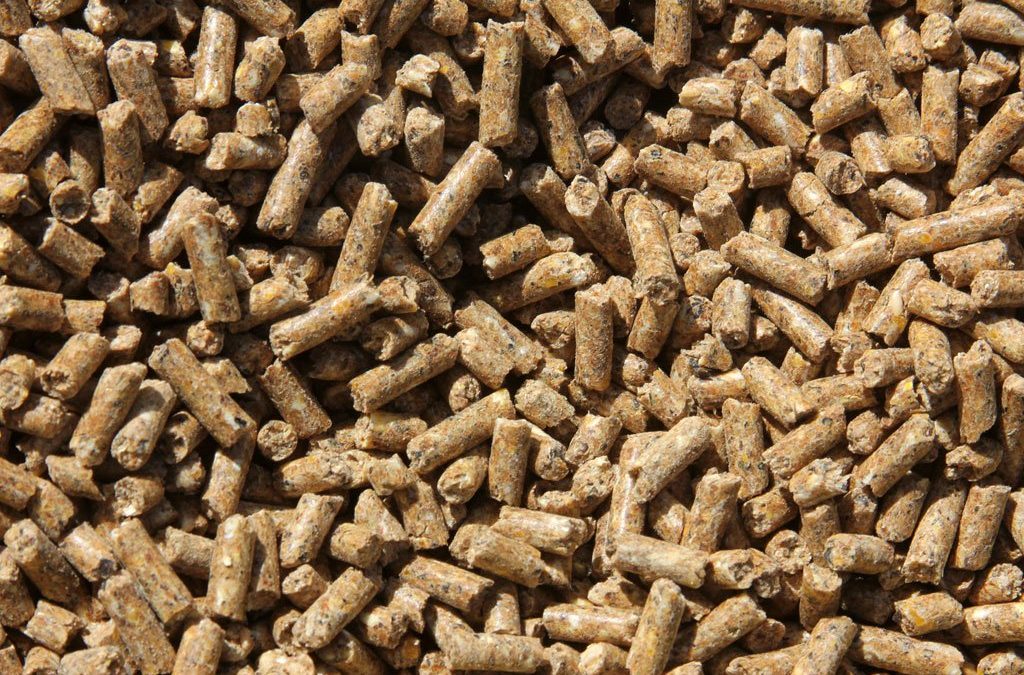Do you ever wonder if your horse’s feed is affecting his behavior? The way we feed our horses and the ingredients in feeds can contribute to behavioral changes, but with knowledge of how feed can affect behavior and diligence in the way we feed our horses, we can prevent behavioral upsets.
Grain Load in the Diet
Large amounts of grain feeding are associated with increased gut acidity and higher frequency of stereotypic behavior is observed when horses are fed high grain diets (typically a 3:1 grain/forage diet) as compared to an all-forage diet. Studies have shown that horses on high grain diets show a decreased incidence of aberrant behavior when a hind-gut buffer, which neutralizes some of the acids in the cecum and colon, is added to the diet. Some researchers believe that high grain diets cause low-level pain due to the acidity in the gut, which serves as a stimulus for stereotypic behavior.
Starches in the Diet
Much has been said about starches in the equine diet and many feeds now offer low-starch alternatives. Certain horses are more reactive to high levels of starch in the diet, which in turn can alter their behavior. Changing this behavior may be as simple as adding in other non-starch ingredients to the diet. Looking at the diet from a physiological standpoint, grain meal feeding is directly linked to an increase in serotonin, a brain neurotransmitter which modulates mood activity and alertness. High serotonin levels observed after eating meals high in starch has been implicated as the reason for sugar ‘highs’ in hyperactive children, and it is reasonable to assume that a similar response is seen in some horses following a grain meal. While many other factors, such as sex, genetics, breed, and environment, can affect behavior, reducing starch in the equine diet appears to play a role in improving mental stability.
Sugar Content
Horse owners should evaluate feed ingredients for high sugar content. For example, a very high molasses content in sweet feed (10% or more) can also contribute to excitability because of its high sugar content, which can affect certain horses’ sensitivity to sudden increases in blood glucose following a meal of sweet feed. However, for the most part, molasses is not a big contributor to sugar in feeds. Molasses is mostly water and there are only about 35 actual grams of sugar in 10 pounds of feed containing 3% molasses.
‘Hot’ versus ‘Energy’
Many people owners interchange the terms ‘hot’ and ‘energy’, but this can be rather confusing at times since they have two different meanings. The term ‘energy’ should be used to describe caloric density of a ration, and the terms ‘hot’ or ‘hyper’ should refer to the mental or behavioral status of the horse. The mix up occurs because excess feeding of “energy” or calories will invariably result in a horse that is “hot” or “hyper,” and the source of energy may or may not be the important factor.
Preventing Behavioral Changes
In general, horses that are fed super high energy feeds and then kept in confinement are almost guaranteed to become less tractable and more nervous that a horse that has access to free exercise. One possible solution is to use concentrates that are in pelleted or extruded forms, where the ingredients have been ground, mixed together and then heated and formed into small nuggets. Heating actually alters the starch molecule, making it more digestible and easier for the horse to absorb. The nice thing about pelleted or extruded products is that little or no molasses has to be added to the mix, and the shelf life of the product is also longer, due to processing.
This blog post was originally posted on Thursday, September 22nd, 2011 at Equine Nutrition and Health Services Blog. Blog article was re-posted with permission from blog owner, all rights reserved.


